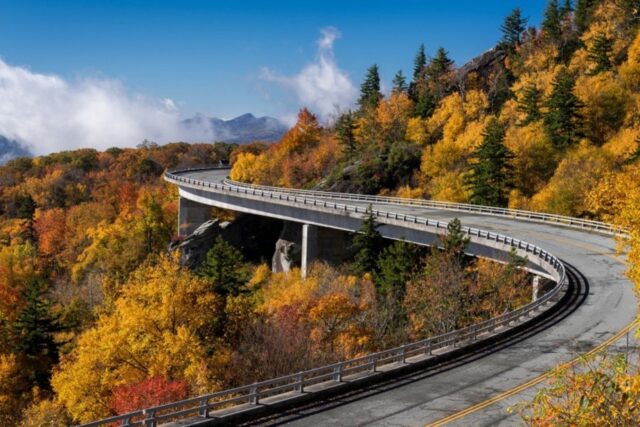
People often underestimate how bit the United States of America is. The US is one of the largest countries in the world, which means that there are multiple road trip options, and all of them are excellent. Everybody knows about Route 66, but if you want to head back to the past, even more, you can drive along Oregon Trail.
Back in 1843, people started the massive resettlement towards the western parts of the country. The original Oregon Trail began in Independence, Missouri, and went on 2000 miles through six states, which were territories back in the days. The endpoint was behind the Rocky Mountains in Oregon.
The road trip for tourists follows roughly the paths of more than 400,000 pioneers, but the road continues all the way to the East Coast and New York on the opposite side of the country.
The Oregon Trail follows US-26 highway, interstate 84 in Oregon, and Interstate 80 in Nebraska. In this article, we will go through some of the most famous attractions along the way.
The original trail followed the path of the Platte River, then went over the Rocky Mountains at South Pass in Wyoming through Idaho and then tight last stretch down to the Willamette Valley.
Best Attractions along the Oregon trail
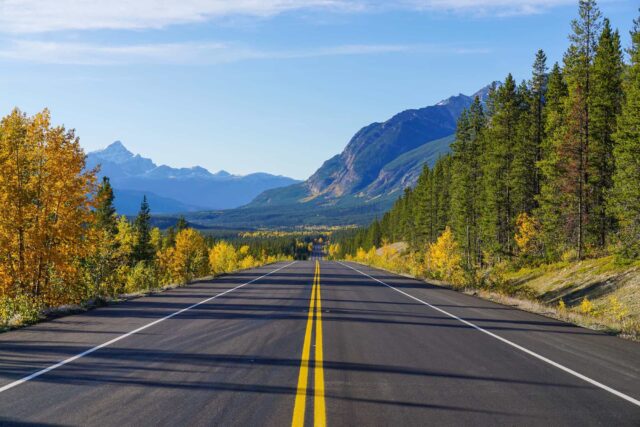
Fort Kearny
US Army stronghold near the town of Kearny Nebraska was essential to stop in the first part of the journey west. In memory of Oregon trail and the pioneer struggles, you can visit Kearny State Historical Park, see how the fort once looked like, or enjoy hiking trails around the Platte River where caravan crossed the river to move westwards.
Marshall County landmarks
Most famous Oregon Trail sites in Kansas are Alcove Spring, a place where people on the trail rested and made campsite known for beautiful rock formations, and near Independence Crossing of the Big Blue River. The site is marked as a Historic Place in a National Register. There is also a nearby Trails Park that commemorates pioneers that crossed the river on the ferry that operated for 12 years since 1852.
Wyoming Guernsey Ruts
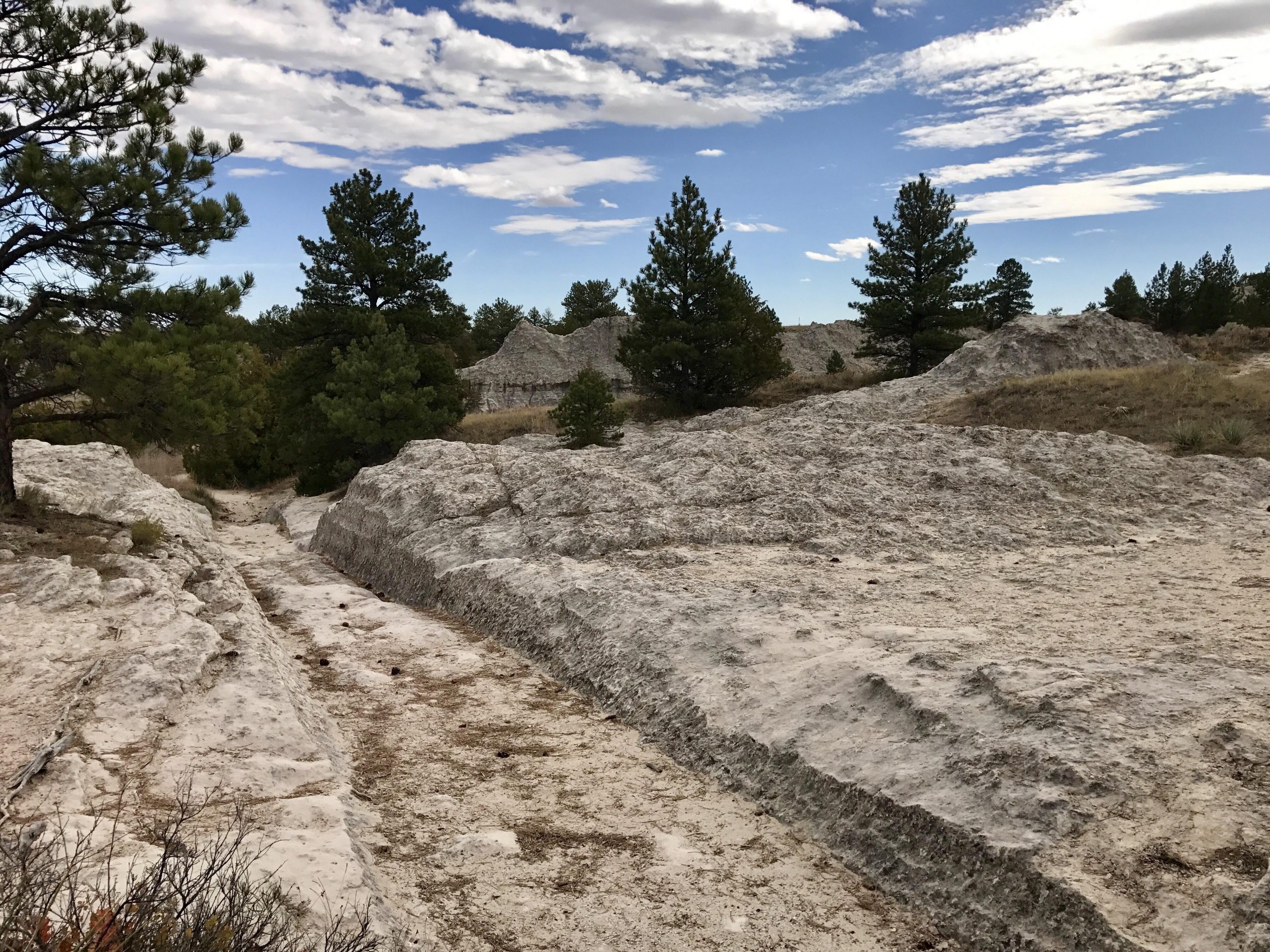
Thousands of stagecoaches and wagons marked its way into a sandstone ridge near Guernsey in Wyoming. Pioneer carts carved the terrain up to five feet. Near the Guernsey Ruts, there is another famous camping site Register Cliff where you can explore carved messages from the passengers.
Fort Laramie
Near the state park where wagon trails were carved in stone is Fort Laramie, a prominent US military base and stop for the pioneers and the Pony Express. It was founded back in 1834 as a fur trading outpost.
Jail Rock and Castle Rock
Shapes familiar from western movies were a real sign of hope for early pioneers. Emigrants followed beautifully shaped rugged rock formations and gave them their original names: Courthouse, Jail, and Castle Rock.
Three Island Crossing
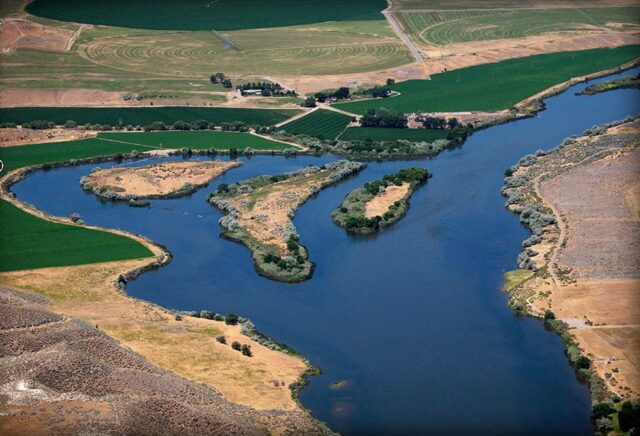
In the 1850s, pioneers had to make some tough choices. One of them was whether to cross the Snake River or to go around it in Idaho. The best way across the river was on Three Island Crossing location where horses and wagons could go over without swimming or floating. It was still an uncertain endeavor. The other solution was a longer path through rough and dry parts of Idaho.
Fort Boise
Deep outpost for the British Hudson Bay company founded in 1834 as a part of the fur trading business. Fort was a sanctuary from native American attacks, and essential trading – restock post for Oregon Trail pioneers. The original fort was on the shores of the Snake River, and the latter Fort Boise was situated near the present capital of Idaho, Boise.
Whitman Mission
Another National Historic Site is located near Walla Walla in Washington. The Whitman Mission was a group of Methodist missionaries that established the Mission at Waiilatapu in the Cayuse Indian territory. Through four years of existence, Whitman Mission was a stop along the Oregon Trail. The tension between missionaries and the Native Americans escalated with the measles outbreak that decimated the Indian settlement. In retribution, Natives killed the missionaries.
The Barlow Road
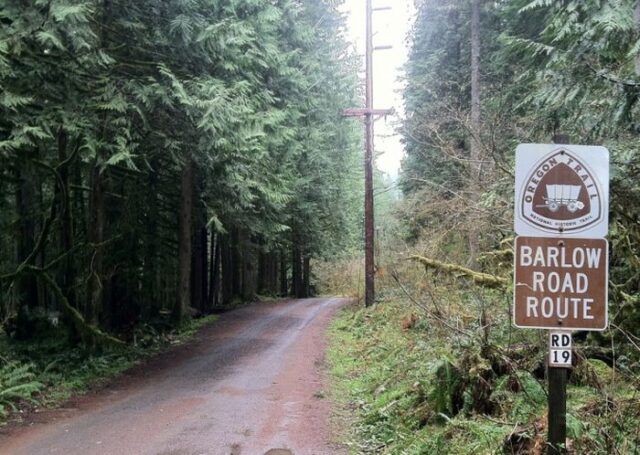
The last 160 miles of the Oregon Trail was the most difficult one. Travelers had to choose between going down the River to Fort Vancouver or use the Barlow road. The road allowed pioneers to get down from the Cascades, which was before 1845 virtually impossible. The way collected the toll for passage, but with maintenance, it was still rough and described as “barely passable.”
The Oregon Trail has significant natural and historical sites that have no relations to the pioneers. You can visit the magnificent Yellowstone National Park of Mount Rushmore.
Now is a great time to plan your route for visiting locations of the Oregon Trail. International travelers are not allowed in the US because of the COVID-19 pandemic. Once the ban is lifted, the procedure is simple. You must apply for the Visa Waiver program and complete an esta documentation on usaestaonline.com. Depending on the answers you provide for esta application questions, you could be granted a 90-day permit to visit the US without the Visa.
The best advice would be to apply as soon as you start planning your visit to the US. This application process can be lengthy and challenging.
Bottom line
Oregon Trail goes through six US States where the nature is stunning. There are lots of National parks, and as a sparsely populated area, it can quickly bring you back to the times of the first pioneers. The trail ends in Oregon City, which is now the suburb of Portland, a vibrant city in Pacific Northwest, technology, cultural, and sports hub.









